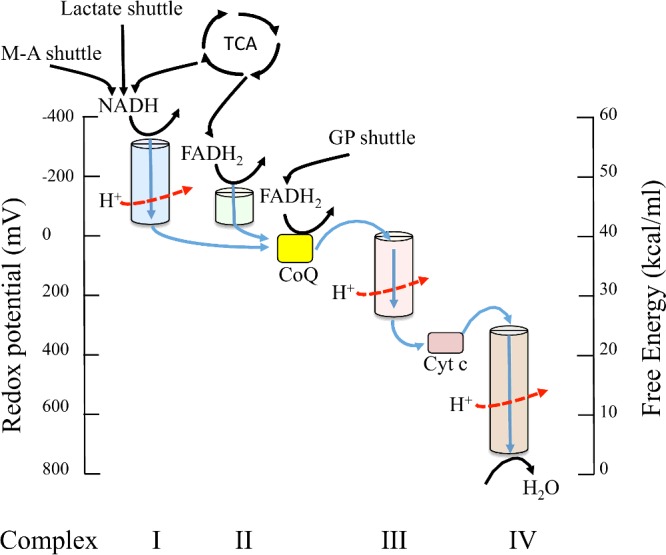Figure 1. Redox potentials, and the corresponding free energy levels, of electron carriers in the respiratory chain (complex I–IV).

Red arrows show proton pumping. The lowest potential is found with complex I in keeping with its position at the start of the transport chain. The malate–aspartate (M-A) and lactate shuttles in addition to the TCA cycle provide NADH and this is reduced to NAD + H+. With complex II, the potentials of both entry and exit points must fall into the narrow interval between FADH2 and coenzyme Q, which means that very little energy is released as electrons traverse this complex. The TCA cycle provides FADH2 and this is reduced to NAD + H+. The glycerol 3-phosphate shuttle (GP) shuttle provides FADH2 to coenzyme Q (CoQ) between complexes III and IV via cytochrome c (cyt c). Such minor steps in redox potential suffice to ‘jog’ the electrons along, but they are too small to contribute to proton pumping. The redox potential increases continuously along the respiratory chain to reach its highest value at oxygen, which therefore has the highest affinity for the electrons and gets to keep them. Reduced oxygen, which recombines with protons to yield water, is the end product of respiration.
